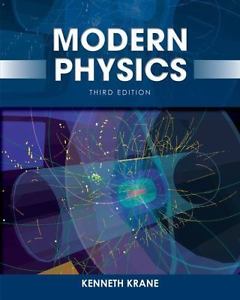PHY 3101 - Modern Physics - Fall 2018
Sage tutorials and resources
Sage is a good candidate for a computer algebra system (CAS). It uses Python syntax and constructs (loops, conditionals, lists, tuples, dictionaries) and runs in a browser window. Sage is a very large download, so we also provide a link to the cloud version at the University of Washington. Once you get an account, you can play with the system and try the tutorials.
| Cloud version of Sage (coCalc) | This Sage site is operated by the University of Washington under an NSF grant. It allows multiple users to access its resources. You can get a free account and start using it immediately. You can create, edit, execute and save programs at the site. You can also upload and download Sage programs to/from your local machine. |
| Cloud Sage tutorial | You have to create an account and login to test out the system. However, there does not seem to be a tutorial that teaches you how to use it. |
| avery tutorial 1 (pdf output) |
Basic Sage, including syntax, exact and floating point math, arbitrary precision evaluation, basic expressions using polynomial, exponential and trig functions, factoring and expanding numbers and algebraic expressions, defining symbolic variables, defining functions, using substitution, trigonometric evaluation. |
| avery tutorial 2 (pdf output) |
Derivatives, definite and indefinite integrals; taylor series; sums of powers of integers and expressions in closed form; using assume() to specify whether a variable is real, complex, integer, postive, etc.; special functions, paritcularly orthogonal polynomials. |
| avery tutorial 3 (pdf output) |
2-D and 3-D plots. |
| Standard Sage tutorial | This is from the Sage main page. It's useful, but tends to have too much information for users who don't care about the internals. |


